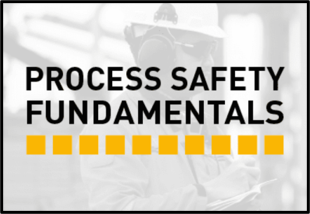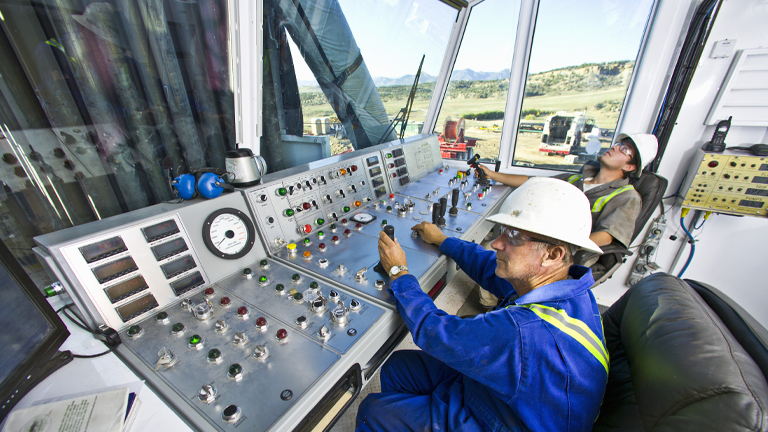LOSS OF WELL CONTROL
Loss of well control may be one of the greatest potential safety hazards at a worksite. A well control barrier policy can ensure operations integrity during the life cycle of the well. Well control barriers may include both physical and operational elements taken to prevent a loss of well control.
Well Control Incident Classification

Loss of Well Control and Well Control Barriers
A well control barrier can be defined as any physical component(s) or operational practice that prevents formation fluids from flowing unintentionally from a formation, into another formation or to escape at surface.
Types of Well Control Barriers
|
Types |
Description |
Examples |
|
Physical Component Barriers
“Something I can touch”
|
A physical component or mechanical device which has been designed and/or tested to prevent formation fluids from flowing unintentionally.
|
Equipment
|
|
Operational Practice Barriers
“Something I can do” |
An operational practice or action which requires human recognition to analyze data/trends and react appropriately to prevent or manage formation fluids flowing unintentionally.
|
|
General Well Control Barrier Design Concepts
|
Quantity of Well Control Barriers |
|
|
|
Placement of Physical Well Control Barriers |
|
|
|
Testing & Verification of Physical Well Control Barriers |
|
|
TOOLS FOR THE FIELD
Below are posters to use in the filed to help workers understand well control barriers and what the well is doing at all times.

